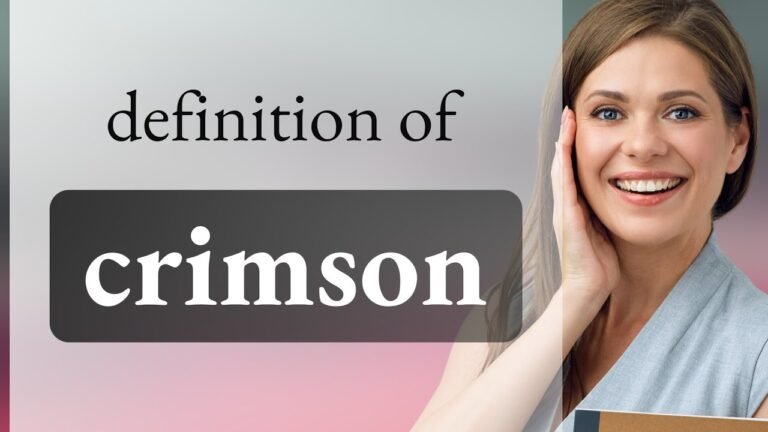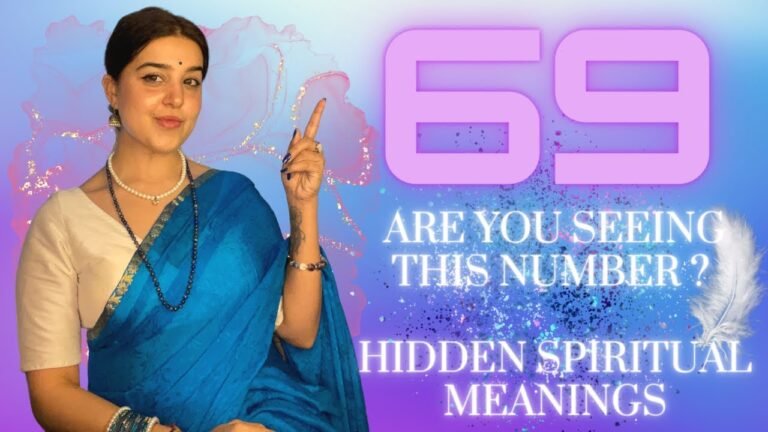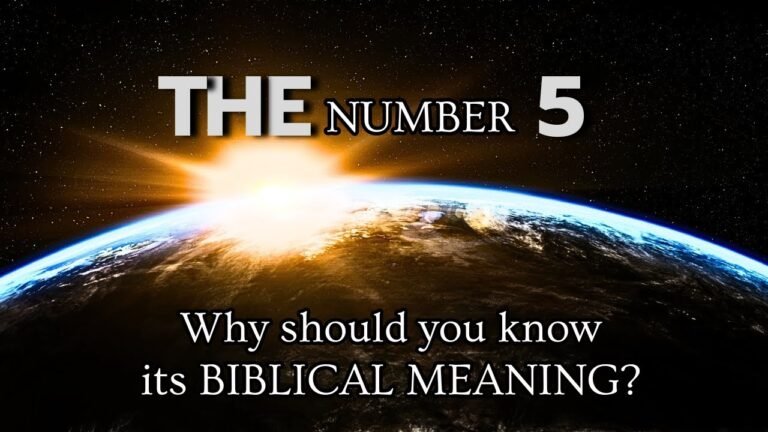Understanding the Leviathan in Biblical Texts
In the depths of ancient texts, the Leviathan emerges as a formidable symbol, captivating scholars and theologians alike. This enigmatic creature, often depicted as a monstrous sea serpent, is referenced in several Bible verses, sparking debates about its meaning and significance. From its portrayal in the Book of Job to its role in apocalyptic literature, the Leviathan invites readers to explore themes of chaos, power, and divine sovereignty. As we delve into the rich tapestry of biblical imagery, understanding the Leviathan offers profound insights into the spiritual and moral dilemmas faced by humanity throughout history.
What is the reason behind God’s creation of the Leviathan?
The Leviathan, a magnificent creature brought to life by God on the fifth day of creation, embodies both strength and majesty. Aware of its formidable nature, God chose to allow only one Leviathan to survive, preventing its proliferation and the potential chaos it could unleash upon the world. This unique being is destined for a significant role in the future, where it will be hunted and ultimately defeated, transforming from a symbol of power into sustenance for the righteous, illustrating a profound balance between creation and divine intention.
What does Leviathan represent in Psalm 104:26?
In Psalm 104, Leviathan emerges as a vivid symbol of God’s creative joy and the diverse life within the oceans. Unlike traditional interpretations that portray Leviathan solely as a monstrous figure, this passage highlights its role as a creature that revels in the beauty of the world. The imagery of Leviathan “sporting” in the sea underscores the notion that even the most formidable beings are part of a harmonious creation.
This playful representation invites readers to appreciate the complexities of God’s creation, where every creature has a role and purpose. Leviathan’s existence is not merely about fear or destruction; rather, it embodies the delight and wonder inherent in the natural world. The sea, often seen as chaotic and unpredictable, is home to this majestic creature, showcasing the balance between power and play.
Ultimately, Leviathan in Psalm 104 serves as a reminder of the interconnectedness of all living things and the joy that comes from their existence. It encourages a perspective that recognizes the beauty in diversity and the importance of each creature within the grand tapestry of life. As such, Leviathan stands as a testament to the playful spirit of creation, inviting us to marvel at the wonders of the world around us.
Is the Leviathan referenced in the Book of Revelation?
In the Book of Revelation, the mythical creature Leviathan is symbolically reinterpreted as the “beast that comes up out of the sea” in Revelation 13:1. This depiction connects the ancient chaos monster to the apocalyptic narrative, emphasizing themes of evil and rebellion against divine authority. The imagery serves to evoke fear and highlight the confrontation between the forces of good and malevolent powers in the end times.
This transformation of Leviathan into a beast underscores the continuity of biblical symbolism, bridging the Old Testament’s chaotic connotations with the New Testament’s prophetic visions. By presenting Leviathan in this new light, the text invites readers to reflect on the ongoing struggle between humanity and the dark forces that seek to disrupt divine order. The connection enhances the dramatic tension of Revelation, making it a powerful exploration of hope and resilience amid adversity.
Exploring the Symbolism of Chaos and Power
In the intricate tapestry of human experience, chaos often serves as a potent symbol of upheaval and transformation. It represents the unpredictable nature of life, where order can dissolve into disorder in an instant. This duality invites us to reflect on how chaos, while initially unsettling, can lead to the emergence of new beginnings and fresh perspectives. The tumultuous moments remind us that from chaos can spring creativity and innovation, challenging us to embrace uncertainty as a catalyst for growth.
Power, on the other hand, is frequently intertwined with chaos, creating a dynamic interplay that shapes societies and individuals alike. It can manifest in the ability to influence or control the chaotic elements around us, yet it also holds the potential to instigate further disorder. The struggle for power often ignites conflict, revealing the complexities of human nature where ambition clashes with moral boundaries. This tension underscores the notion that true strength lies not just in exerting control, but in navigating chaos with wisdom and resilience.
Together, chaos and power encapsulate the essence of the human condition, urging us to confront our fears and aspirations. They serve as reminders that life’s unpredictability can be harnessed for meaningful change, while also teaching the importance of humility in the face of overwhelming forces. Ultimately, understanding the symbolism behind chaos and power encourages us to find balance, guiding us through the tumultuous journey of existence and inspiring us to wield our influence with purpose and integrity.
Unraveling the Mysteries of the Sea Monster
For centuries, tales of sea monsters have captivated the imaginations of sailors and landlubbers alike, weaving a rich tapestry of myth and mystery. These legendary creatures, often depicted as colossal beasts lurking in the depths of the ocean, have sparked countless expeditions and research endeavors aimed at uncovering the truth behind their existence. From the fearsome Kraken to the elusive Loch Ness Monster, these enigmatic figures have become symbols of the unknown, representing both the terror and allure of the vast, uncharted waters.
As modern science delves deeper into marine exploration, the line between myth and reality begins to blur. Advances in technology have allowed researchers to discover new species and uncover the ocean’s hidden wonders, reigniting interest in these ancient legends. While some sea monsters may be mere figments of our imagination, others could be based on real marine animals that have yet to be fully understood. The quest to unravel these mysteries continues, inviting both skepticism and fascination as we seek to uncover the truth that lies beneath the waves.
The Leviathan: A Reflection of Ancient Beliefs
The Leviathan, an enigmatic creature rooted in ancient texts, serves as a powerful symbol of chaos and the primordial forces of nature. Often depicted as a massive sea serpent, it embodies the fears and reverence ancient civilizations held for the vast, unpredictable oceans. This formidable beast not only represents the unknown but also reflects the struggle between humanity and the natural world, a theme prevalent in many mythologies across cultures.
In biblical literature, the Leviathan is portrayed as a servant of God, a creature that embodies both destruction and divine power. This duality illustrates the complex relationship humans have with the forces they cannot control. The imagery of the Leviathan invites contemplation on human vulnerability in the face of nature’s might, reminding us that while we may seek to conquer our environment, we are ultimately at its mercy.
The enduring fascination with the Leviathan also speaks to a collective yearning to understand the mysteries of existence. As scholars and enthusiasts delve into its symbolism, they uncover deeper insights into the fears, hopes, and moral lessons of ancient societies. This reflection on the Leviathan not only enriches our understanding of historical beliefs but also encourages contemporary dialogues about our own relationship with the world around us.
Insights into Its Role in Theology and Literature
The concept of the divine has long served as a cornerstone in both theology and literature, weaving intricate narratives that explore humanity’s relationship with the sacred. In theological discourse, it shapes moral frameworks and provides a foundation for understanding existence, purpose, and the nature of good and evil. Meanwhile, in literature, the portrayal of the divine transcends mere representation, offering profound insights into the human condition, morality, and the quest for meaning. Writers draw upon these themes to challenge, reflect, and inspire, creating a rich tapestry that resonates with readers across cultures and eras. Through this interplay, the divine not only enriches spiritual understanding but also fuels the imagination, making it a vital element in the exploration of life’s deepest questions.
The Leviathan, as depicted in the Bible, serves as a powerful symbol of chaos and the untamed forces of nature. Its portrayal invites reflection on humanity’s relationship with the world and the divine. By exploring this ancient imagery, we gain insight into the complexities of existence, reminding us that even in the face of overwhelming power, there is a profound lesson in humility and awe. The timeless narrative of the Leviathan continues to resonate, urging us to confront the mysteries of life with courage and reverence.







